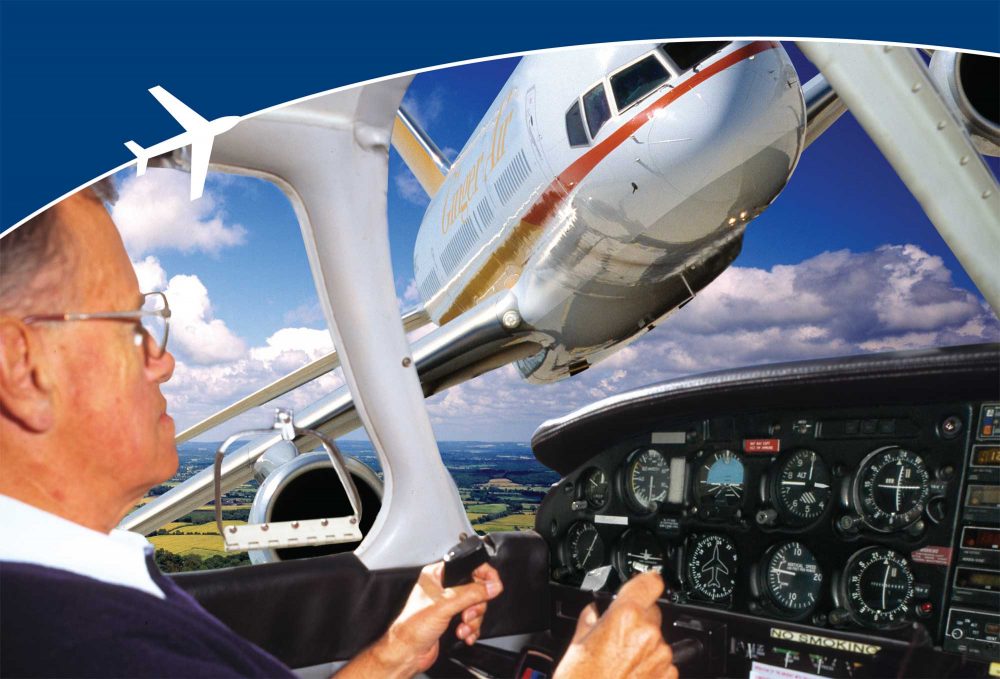A survey of pilots who have infringed controlled airspace has found that 74% of the pilots interviewed did not have a GPS in the aircraft. Of the remaining 26% which did have a GPS, half were not being used.
The survey was carried out by FASVIG – the Future Airspace Strategy VFR Implementation Group – and the results revealed at a special Infringement Workshop staged by the CAA and NATS on 12 July.
The survey highlights:
- Most infringed zones do not offer radar services outside controlled airspace
- 75% of infringements were by GA SEPs
- Not a single glider is recorded
- 5% were military, of which half were helicopters, the remainder being evenly split between fast jets, light trainers and “utility” (C130, King Air, Islander)
- Half of the aircraft involved had Mode S, increasing the value of listening squawks, veils etc. 86% had Mode C
- Half were in receipt of a Basic Service and very few Traffic or Deconfliction Service
- Half were not in contact with an ATS
- 97% took place under VFR
- 60% of respondents were not members of any GA organisation or association
- 74% were not GPS equipped. Of the remainder, half were not being used. Of the GPS equipment, 15% was designed for IFR as opposed to VFR flight. So about 10% of the total were using VFR GPS equipment. (The subjective analysis suggests that half of those were not being used effectively, taking the likely total to 5%)
- 35% of infringers had more than 1,000 hours total time, and 16% less than 100 hours
- 65% of infringers held a PPL or NPPL, 21% CPL or ATPL and 6% were students
- 35% were X-country recreational flights
- 27% local recreational flights
- 12% X-country training flights
- 11% local training flights
- 12% military and other and 3% Commercial flights
- 15% were training with an instructor
- Most infringers used a 1⁄2mill chart
- 85% took place in visibility better than 10k
- 70% of infringements were horizontal and 30% vertical.
So, what to do?
“We are aware that CAA and NATS are under pressure to achieve early results and our focus is therefore on what we think will be effective in the short term,” says the report which goes on to be critical of the CAA’s approach.
“GA representatives at AIWG have been pressing for the gathering and release of data for several years, and that the CAA is suddenly becoming precipitate in their desire to have an impact. Had data been released earlier, we might already have reached a measured conclusion and implemented effective mitigating actions. Urgent action is now being developed ahead of a full evidence base that otherwise might inform it.”
FASVIG’s report makes some recommendations for short-term fixes and is clear that encouraging the use of GPS.
“The number of infringing pilots who were using a VFR moving map effectively was very small compared to the overall population,” says FASVIG. “We gather from this that one of the most effective ways to reduce infringements would be the widespread use of such devices and that the users were properly trained in their use.
“We do not think that the CAA can mandate the use of such devices but we do think that they can take some effective actions:
- Promulgate the fact that enforcement action will be less severe for those pilots who have been using such a device effectively.
- Consider funding SkyDemon Light or Aware to be freely available for in-flight use along the lines that a different deal was made for the Olympics.
- Incorporate moving map training into the PPL and encourage its use, even at student level
- Use coordinated and effective communications and marketing to encourage people to use such devices.”
FASVIG
Download the full FASVIG report here












